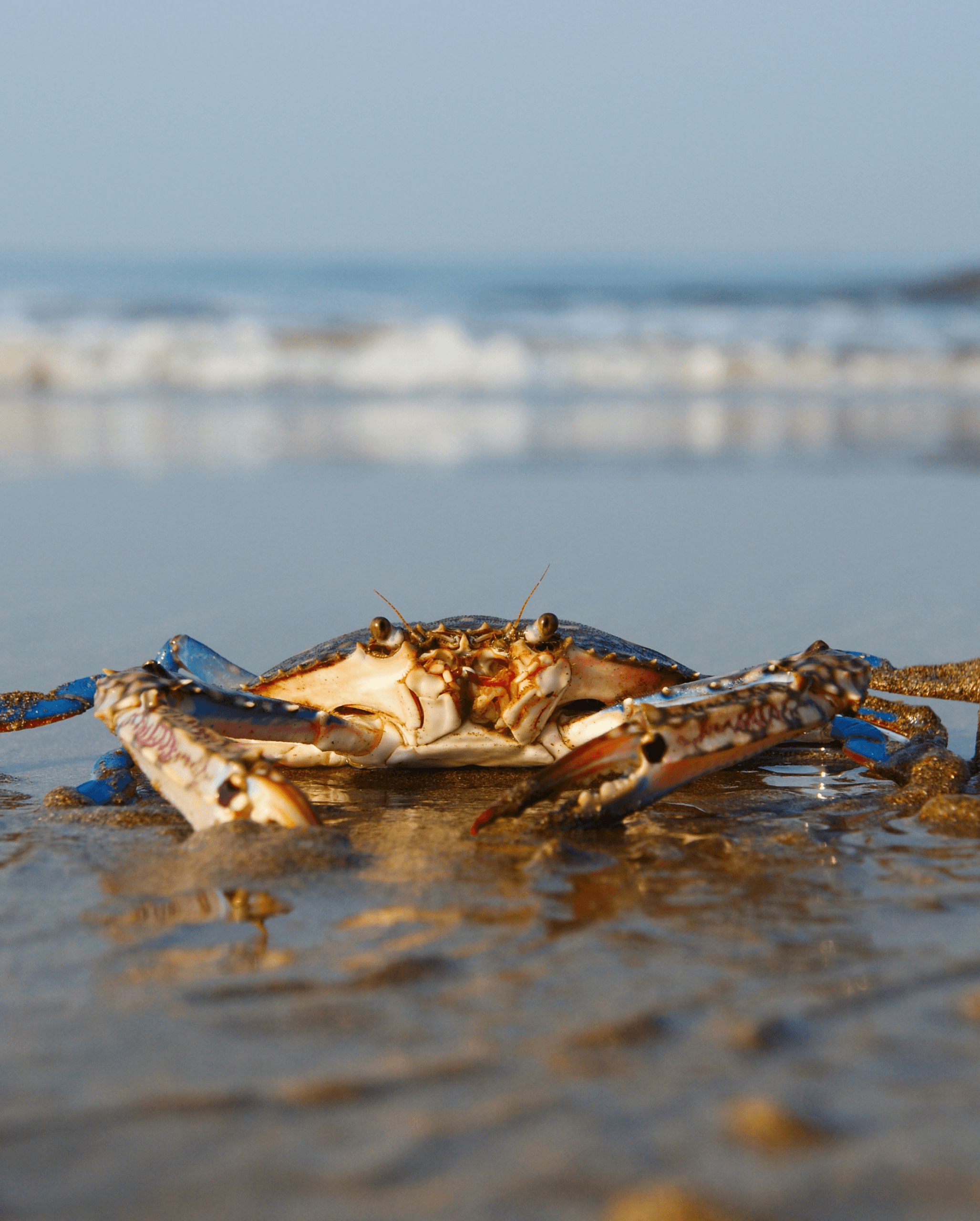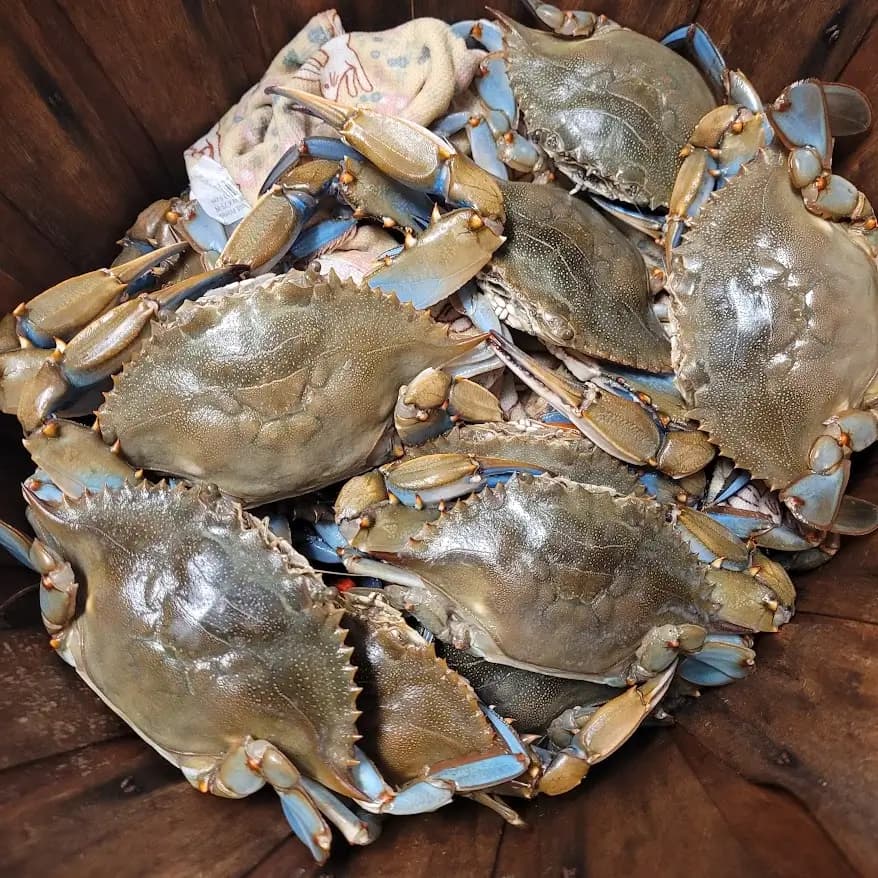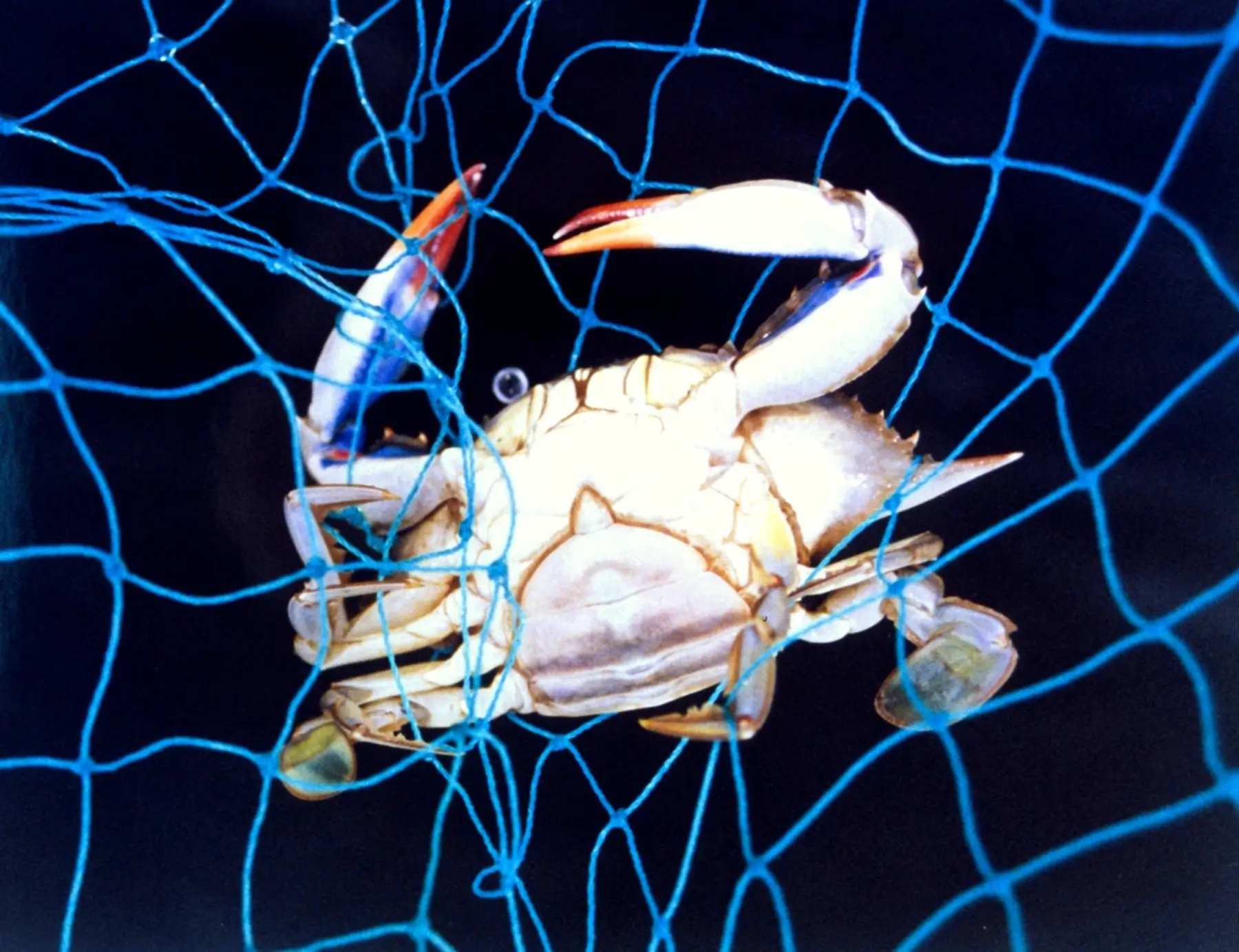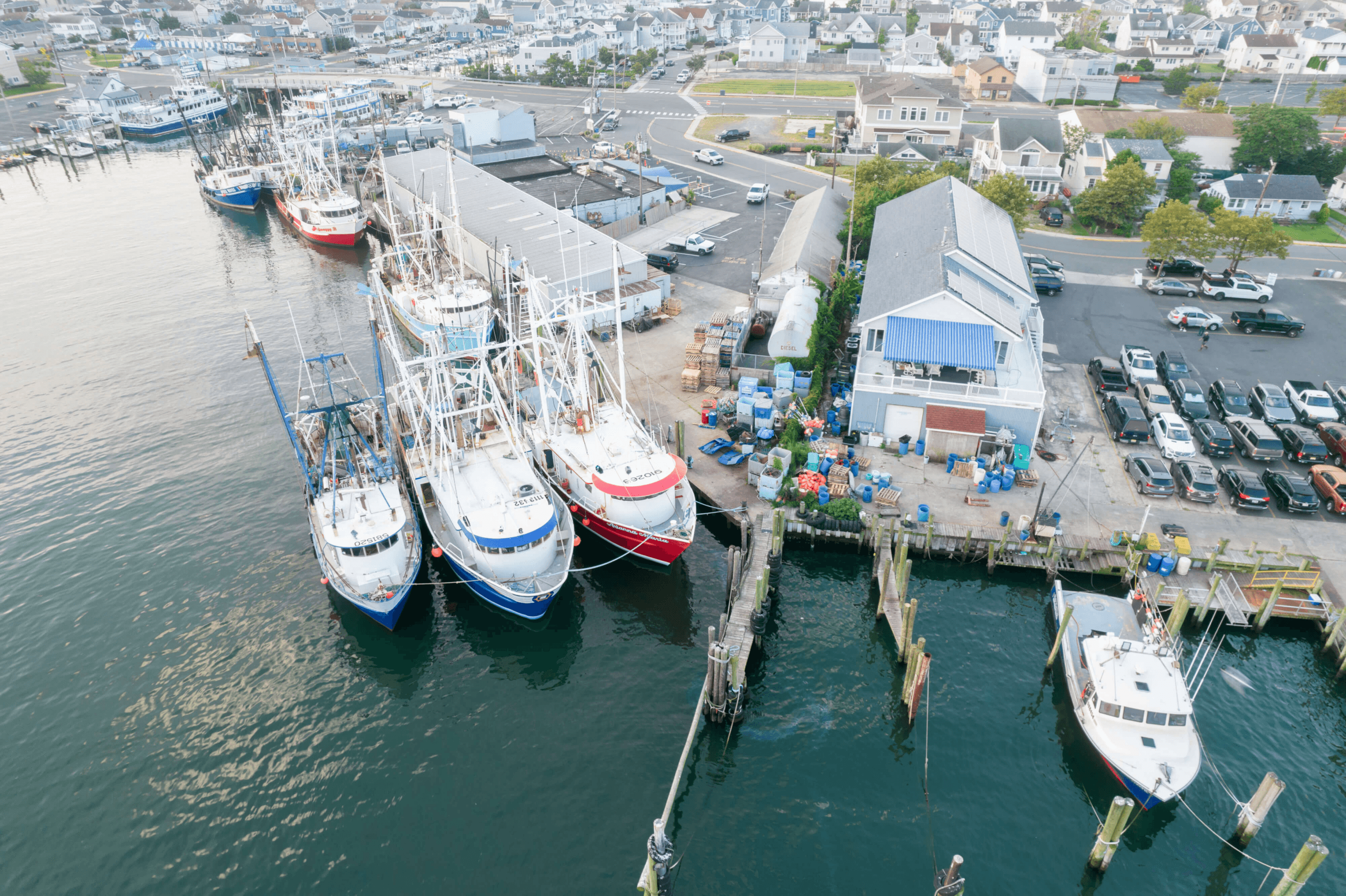Crustaceans
Our crustacean species are ecologically important, and critical to the economy of the Mid-Atlantic.

Crustacean species support productive fisheries in the Mid-Atlantic region, making them not only ecologically important, but critical to the region's economy. Certain crustacean species, such as the blue crab, are essential (keystone) species which also serve as a link between the ocean floor (benthic) and the open ocean (pelagic) environment.
Decapods are an order of crustacean, which include the following:
- Crabs
- Lobsters
- Shrimp

There have been limited studies on crustacean responses to acidification, and those studies have demonstrated variable responses in growth and survival under acidified conditions.
Studies have found that:
- Decapods are less sensitive to acidification than other calcifiers due to their efficient shell-building processes
- Decapod responses to acidification depend on length of exposure to a pH range of 7.40 to 7.80
- Younger life stages of crustaceans are more sensitive to acidification than juveniles and adults

Early life stages of crustaceans are more sensitive to ocean acidification than juveniles and adults because of higher metabolism, growth and shell forming rates, stronger stress responses to low oxygen, and higher mortality.
Studies have found that:
- Larval blue crabs have lower survival and smaller size at a reduced pH
- In a laboratory setting, adult blue crabs calcify more quickly when exposed to high acidity
- In juvenile blue crab studies, acidic conditions:
- increased calcium carbonate; and
- did not impact growth rate or food consumption.

Despite the fact that older crustaceans may be less vulnerable to ocean acidification, it is important to take into account the higher vulnerability of younger crustaceans to understand how populations of crustacean species will be affected in the future.
In order to fully understand crustaceans' responses to future climate stressors, more studies must be conducted on additional species at different life stages.

